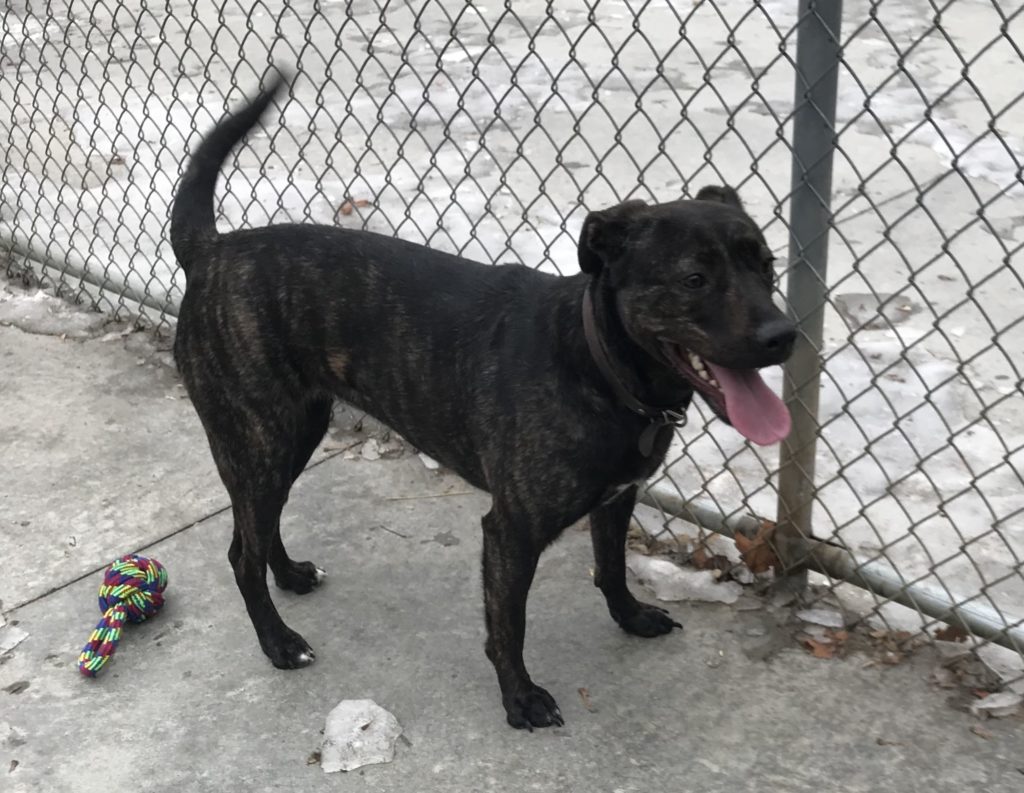
If your pet goes missing, make time to visit regional shelters personally. Searching should be an intense effort to save your pet’s life. Walk through the kennel areas personally. Call shelters you can’t visit and describe your pet’s color, size, hair length, because breed misidentification at shelters is very common. Remember, in some states, stray pets are killed within 3 days. Your pet may not have much time!
Lost in Space … Lost in Time … Lost in Translation
All Death Sentences
Think about it: approximately 8 million dogs and cats are brought into shelters in America each year and only 6 million make it out alive. The rest are killed. Many were cherished, deeply missed, their return still hoped for. Every day many thousands of lost pets are killed after days of stress in the shelter, waiting for their families to find them. This is a horrible end-of-life story for your beloved cat or dog.
The obstacles to finding your lost pet can be immense. Distance, timing, and misidentification all deter search efforts.
Lost in Space
Your dog might run for many miles in just hours, to end up in a pound a distance away. But your cat is likely to be nearby. Either scenario is dangerous. A good Samaritan might have picked up your dog or cat and driven him or her to a shelter further away, if the nearby shelter is commonly believed to be a bad shelter. These would-be rescuers are not thinking about where you will search; they are thinking only about where pets will not die too soon. The result is deadly because you might not think of searching at the distant shelter.
It is particularly deadly if the shelter has poorly administered practices, so your pet is killed because of mistaken identity. Target, a heroic dog from Afghanistan celebrated before millions of viewers on Oprah, was mistakenly killed in an Arizona shelter when a careless shelter worker mistakenly grabbed her from a holding pen of dogs, shelter practices not followed. Oops, so sorry.
Lost in Time
Your pet might have found refuge in a fellow animal lover’s home or yard. Because the animal lover knew of short “hold” times for pound/shelter animals, he or she decided to find you, the owner, personally, and shelter your animal in their home instead of calling animal control. But they did not have the means of finding you. One ad on Craiglist and one call to the nearest shelter might be their only efforts to reach you, the owner. Will you receive those important messages?
Weeks later, the good Samaritan has concluded that your dog or cat was dumped or discarded. They try to find a suitable home for your pet but they can’t. So 3 weeks, 4 weeks, 8 weeks later, your pet finally arrives at your local shelter, long after you have given up the search. Days later, your pet dies lonely and confused.
Lost in Translation
You know your family dog is a Greyhound mix or your family cat is a Russian Blue. Your local pound or shelter answers your inquiry to say “No, we don’t have a Greyhound.” “No, we don’t have a Russian Blue.” Your dog is listed as a lab mix instead. Your cat is listed as a DSH, domestic short-hair.
Remember, dogs especially have very malleable genes. Even within a breed, much variety exists. And among shelter staff, much confusion about dog breeds exists. Your Llasa Apso might be listed as a poodle. Your dachshund mix might be listed as a black and tan coonhound mix. You can’t trust the pound/shelter’s ability to guess the breed of your dog or cat. Shelter workers don’t get classes in identifying breeds. If it were easy to guess, not nearly so many would die each year.
Microchip Your Pet!
The single most important protection you can provide your pet is IDENTIFICATION. Make very sure your pet is wearing a collar with current tags and is microchipped to improve their chances of getting back to you! Even if you believe your pet will never go outside, think of the woman who ran to the store and left her dryer running. The dryer lint caught on fire. She came home to a house fire and her dog missing. The dog escaped from the house when the firemen burst in the door. No one can foresee every emergency.
